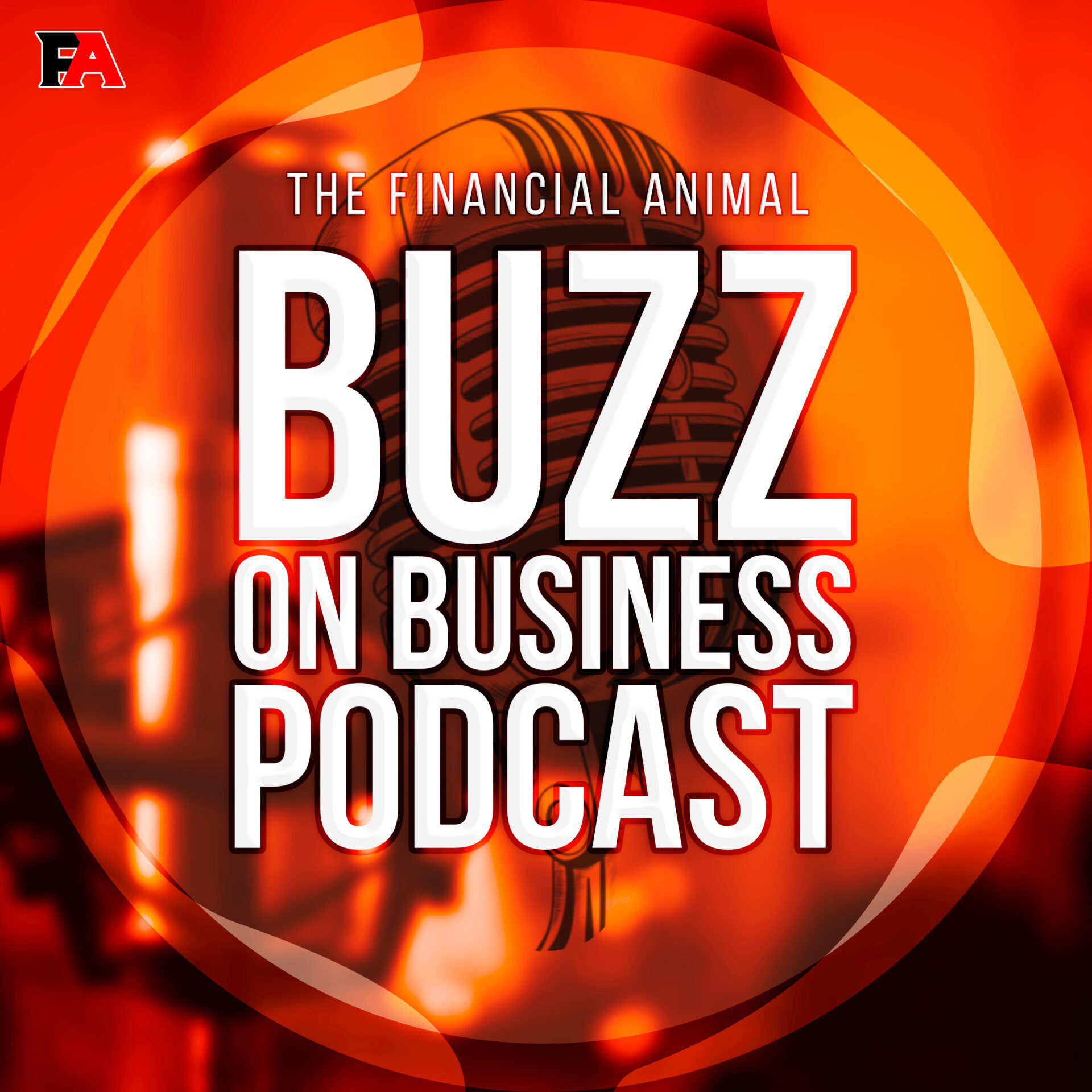
The US economy coughed on Friday, the Japanese and Korean stock markets caught a cold and then at 9:30 AM ET yesterday, what had been a not all that unusual of a correction in stocks turned into a full-blown epidemic of selling.
All the major indexes were down and down a lot. No sector was spared. The advance decline line barely registered—it was as low as we can ever recall. And volume was up, and up by a fair amount, but not as much as we might have expected. And stocks pared their losses into the close. Indeed, they opened at their lows of the day and in many cases closed at or near their highs.
And while bonds bounced around a lot, they finished little changed on the day. Not what we might have expected. The damage was real. No doubt. No doubt about it. But, as someone who very much lived through Monday, October 19th, 1987, we couldn’t help but think it could have been worse.
On yesterday’s podcast, we wondered if Friday’s sell off would attract more sellers or bargain hunters who might push stocks up. Well, we got our answer in no uncertain terms.
Rates opened dramatically lower, fell throughout the morning but bounced back into the close to finish little changed. Not what we might have expected.
There wasn’t much on either the earnings or economic calendars yesterday and that’s just as well because we are still dealing with the fallout from the bombshells that went off on Friday. Specifically, the unemployment rate spiked up to 4.3% which triggered the Sahm Rule.
The Sahm Rule is a recession indicator. Supposedly, it can tell us when the economy is in a recession before the Gross Domestic Product data can confirm it.
The Sahm Rule compares the moving average of the unemployment rate for the last three months and compares that number to the lowest three-month moving average during the last twelve months. If the current average exceeds the lowest average by 0.50%, boom, you’re in a recession. Sell your stocks and go home, and that, apparently, is what Wall Street decided to do.
The rule was named for Claudia Sahm, an economist who has worked for both the Federal Reserve and the White House during the Obama Administration.
The Sahm Rule has a perfect record with no false positives in predicting recessions, or a nearly perfect record in predicting recessions. Or something. It seems to us that it is interesting but is wildly curve fitted to match the past. There is commentary, all throughout the literature, that suggests that the 0.50% trigger should be changed to 0.33% or 0.30%. Or something.
It seems to us that that a one half of one percent “trigger” might mean something radically different if unemployment is 8%, then when it’s 2%.
My confidence in the Rule is further undermined by Sahm’s policy prescription. She suggests that when the rule is triggered that, large, lump sum cash payments should be made to everyone, spiking demand and, we guess, increasing demand for workers.
Honestly, we cannot think of anything that would be dumber than that.
The biggest problem facing the US economy is not the occasional recession. There have been nearly 50 recessions in US history, about one every five years. And we’ve come through all of them.
The problem of the US economy is its hundreds of trillions of dollars of balance sheet and actuarial debt and the cost of the interest on that debt. And the challenges our children and grandchildren will have paying it off, while, you know, trying to live a life.
Personally, we don’t think we’re in a recession. We think the economy is still oscillating from the pandemic disruption. We’re zigging and expect a zag anytime now.
We think the Sahm Rule just issued its first false positive and that it and its originator will retreat into obscurity, as has every other recession prediction scheme.
If we are in a recession, Claudia Sahm may win the Nobel Prize. And good for her. The rest of us will survive and thrive.